Kayaking in winter can be safe with proper preparation and equipment. Insulating gear is essential.
Winter kayaking offers a unique and exhilarating experience for outdoor enthusiasts. The crisp air, serene landscapes, and the possibility of encountering wildlife add to the adventure. However, the cold temperatures and icy waters require special precautions to ensure safety. Proper insulation, including drysuits, wetsuits, and appropriate layering, is crucial to stay warm and dry while on the water.
Additionally, always check weather conditions and be aware of potential hazards like ice formations and fast-changing weather patterns. By taking the necessary precautions and staying informed, kayaking in winter can be a rewarding and safe activity for those up for the challenge.
Benefits Of Winter Kayaking
While winter may not seem like the ideal time for kayaking, venturing out onto the water during the colder months can offer a host of benefits for both your physical and mental health. Winter kayaking can be an invigorating and rewarding experience that allows you to connect with nature uniquely.
Physical Health Benefits
Engaging in winter kayaking can provide numerous physical health benefits that contribute to your overall well-being. Here are a few of the advantages:
- Strengthens Muscles: Kayaking requires the use of various muscles in your arms, shoulders, back, and core, helping to improve strength and endurance.
- Enhances Cardiovascular Fitness: paddling against the resistance of the water provides an excellent cardiovascular workout, increasing your heart rate and improving your cardiovascular fitness.
- Boosts Immune System: Spending time outdoors in brisk winter air can stimulate your immune system, strengthening your body’s natural defenses against illnesses.
By embracing winter kayaking, you not only engage in a fun and adventurous activity but also take significant steps toward improving your physical fitness.
Mental Health Benefits
Winter kayaking also offers a range of mental health benefits, contributing to your overall well-being and reducing stress levels. Here are a few ways in which it can positively impact your mental health:
- Boosts Mood: Being out on the water surrounded by the serene beauty of winter landscapes can lift your spirits, leading to a noticeable improvement in your mood.
- Reduces Stress: The rhythmic motion of paddling can have a soothing effect on your mind, helping to alleviate stress and promote relaxation.
- Improves Focus and Concentration: The peacefulness of winter kayaking allows you to escape from distractions and fully immerse yourself in the present moment, improving your ability to focus and concentrate.
Embracing winter kayaking provides not only physical but also mental rejuvenation, offering a welcome respite from the pressures and demands of everyday life.
Safety Precautions To Take
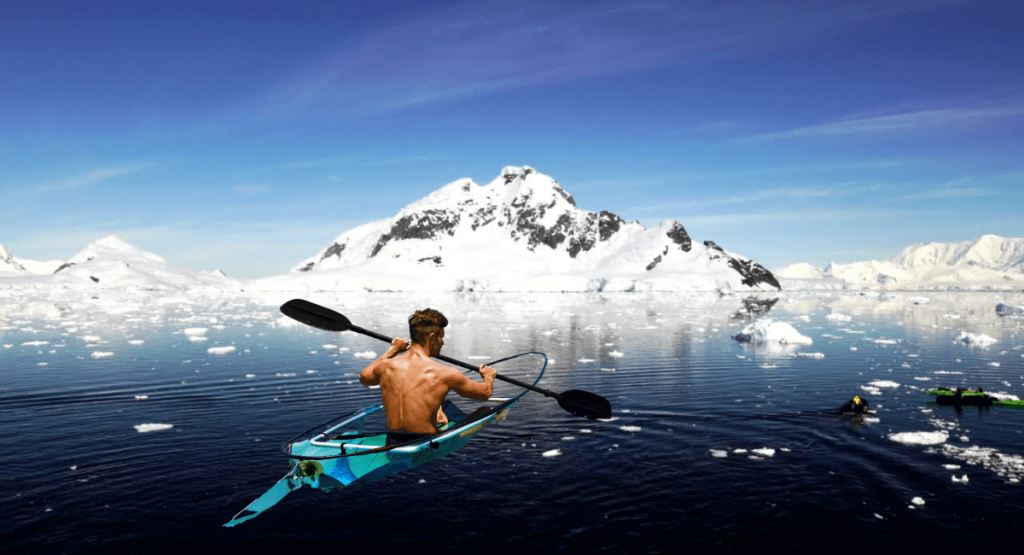
When it comes to kayaking in winter, safety precautions are crucial to ensure a secure and enjoyable experience. Adverse weather conditions and cold water can pose significant risks. Following these safety measures will help minimize these risks, allowing you to embark on your winter kayaking adventure with confidence.
Wearing Proper Clothing
Wearing appropriate clothing is essential to stay warm and dry while kayaking in winter. Opt for moisture-wicking base layers, insulating mid-layers, and a waterproof outer shell. Additionally, don’t forget to wear a thermal hat and gloves to protect your extremities from the cold.
Checking Weather Conditions
Before heading out, thoroughly check weather conditions to ensure a safe kayaking excursion. Pay attention to wind speeds, precipitation forecasts, and temperature fluctuations. Keep in mind that even a slight change in weather could significantly impact your safety on the water.
Informing Someone About Your Trip
Always inform someone about your kayaking plans before setting out, especially when kayaking in the winter. Let them know your route, expected return time, and any emergency contacts. This simple step can be crucial in case of unforeseen events.
Choosing The Right Kayak
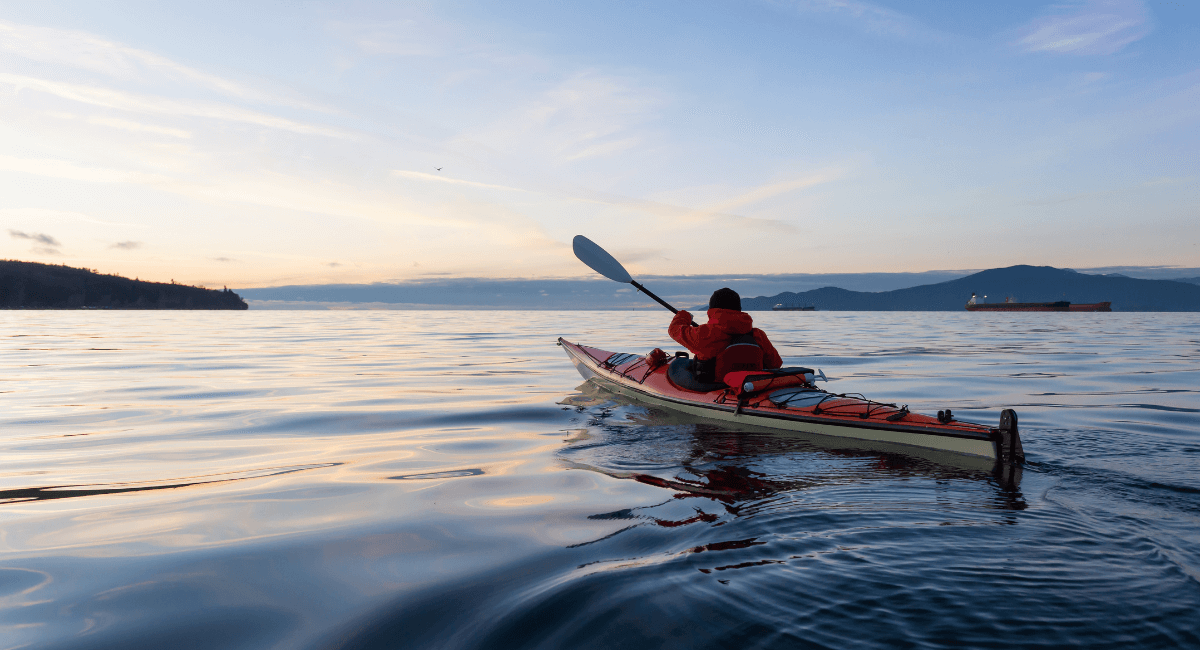
Introductory paragraph about ‘Choosing the Right Kayak’
Choosing the right kayak is crucial when considering kayaking in winter. Ensuring you have a kayak that offers stability and durability can make all the difference in your safety and enjoyment on the water.
Stability And Handling
Stability and handling are key factors to consider when selecting a kayak. Look for kayaks with a wider base and flat hull design for increased stability in cold waters.
Material And Durability
Material and durability play a significant role in the performance of a winter kayak. Opt for kayaks made from high-quality materials such as polyethylene or composite for better durability in harsh winter conditions.
Essential Gear For Winter Kayaking
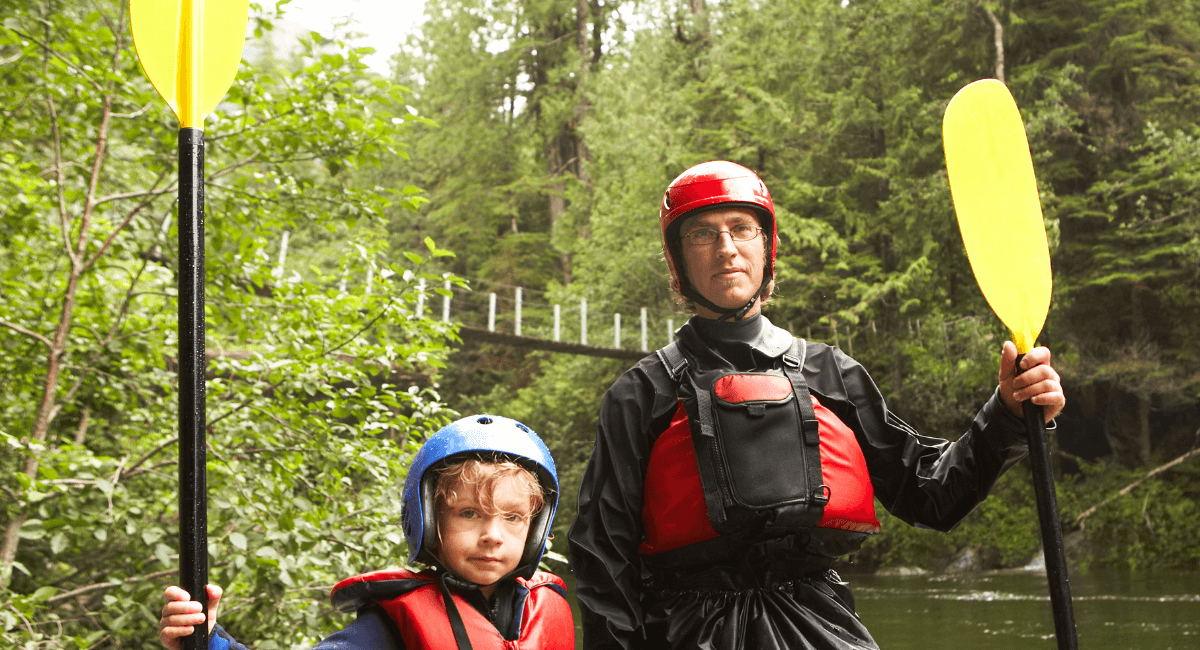
Prepare for winter kayaking with essential gear like a drysuit, neoprene gloves, and a personal flotation device. While colder temps pose risks, proper equipment and caution ensure safe winter paddling adventures.
Essential Gear for Winter Kayaking Winter kayaking can be a thrilling adventure, but it’s essential to have the right gear to stay safe and comfortable in cold conditions.
Dry Suits Or Wetsuits
– Dry suits and wetsuits provide insulation and protection from the cold water. – Dry suits are ideal for extreme cold and keep you completely dry. – Wetsuits are versatile and allow some water to enter, providing insulation.
Paddling Gloves
– Paddling gloves protect your hands from cold water and wind chill. – Choose gloves with a grip for better control of the paddle. – Look for waterproof and insulated gloves for added warmth.
Emergency Kit
– An emergency kit is crucial for safety on the water. – Include items like a whistle, flashlight, first aid supplies, and emergency blanket. – Carry a communication device in case of emergencies. By having the right gear like dry suits or wetsuits, paddling gloves, and an emergency kit, you can enjoy winter kayaking safely and comfortably.
Tips For Staying Warm On The Water
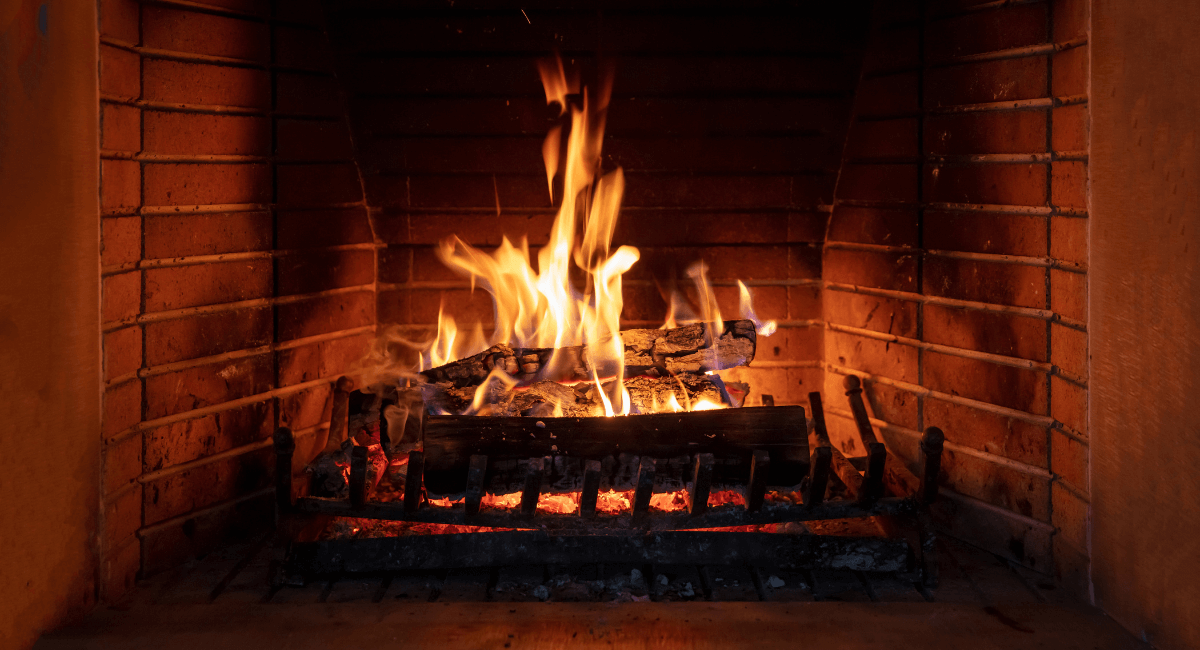
Sure, I’m happy to help you with that! Here’s the section you requested: `
Kayaking in the winter can be an exhilarating experience, but it’s essential to stay warm and comfortable during your adventure. Here are some tips to help ensure you stay cozy on the water:
Layering Clothing
Properly layering your clothing is key to staying warm while kayaking in the winter. Start with a moisture-wicking base layer to keep sweat away from your body. Next, add an insulating layer such as fleece or wool to trap body heat. Finally, top it off with a windproof and waterproof outer layer to protect against the elements.
Bringing Hot Drinks
Bringing hot drinks in insulated containers can help keep you warm from the inside out. Consider bringing a thermos filled with hot tea, coffee, or hot chocolate to sip on while you paddle. Not only will it provide warmth, but it’s also a comforting treat during your winter kayak trip.
Recognizing Signs Of Hypothermia
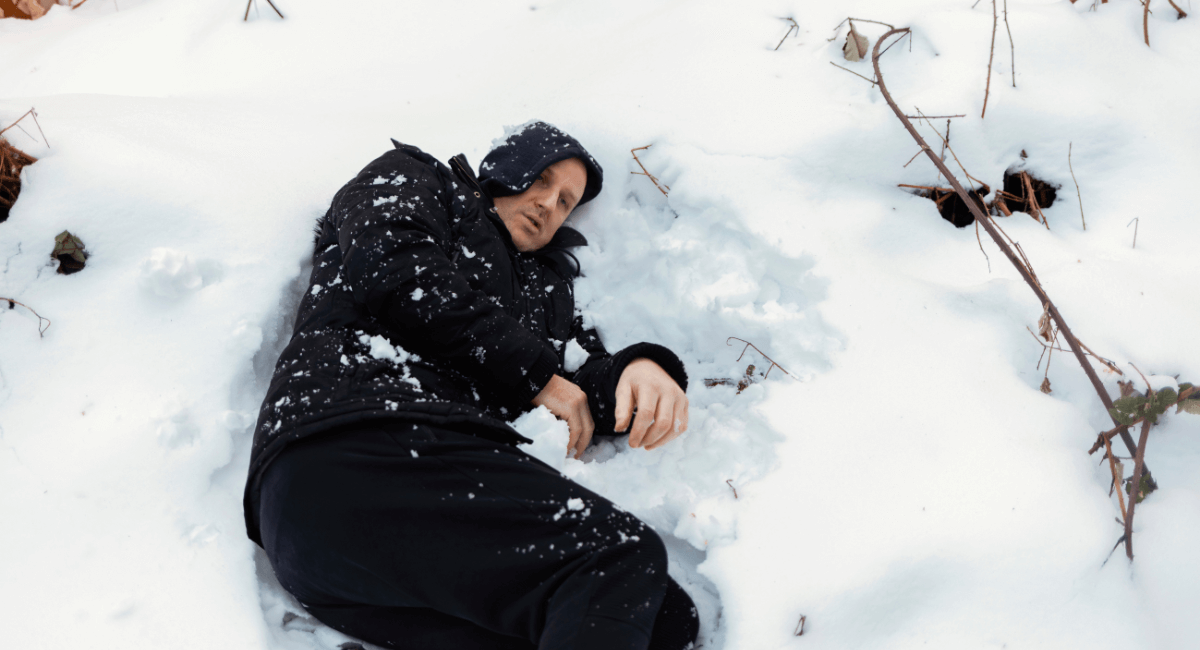
While kayaking in winter, it is crucial to recognize signs of hypothermia in yourself and others. Symptoms include shivering, confusion, and slurred speech, indicating the body’s struggle to maintain warmth. To ensure safety, dress warmly and stay vigilant for any warning signs.
Recognizing Signs of Hypothermia Hypothermia is a serious condition caused by exposure to cold temperatures, and it can occur when kayaking in the winter. It’s crucial to recognize the signs of hypothermia to ensure your safety and the safety of others. Being aware of these symptoms is essential as it allows you to take immediate action and seek assistance if needed. In this section, we will explore the symptoms of hypothermia and the actions you should take if you recognize them.
Symptoms Of Hypothermia
Hypothermia affects the body’s core temperature, impacting various body systems. Here are the key symptoms to watch out for
1. Shivering: Persistent shivering is the body’s natural response to generate heat.
2. Cold and pale skin: Hypothermia can cause the skin to become cool to the touch and appear pale or bluish.
3. Numbness or loss of feeling: You may experience tingling sensations or the inability to feel your extremities, such as fingers and toes.
4. Slurred speech and confusion: Hypothermia affects brain function, leading to difficulty speaking coherently and confusion.
5. Fatigue and drowsiness: Feeling excessively tired or being unable to stay awake are common symptoms of hypothermia.
6. Uncontrolled shivering: As hypothermia progresses, uncontrollable and violent shivering may occur.
7. Weak pulse and shallow breathing: Hypothermia can lead to a weak pulse and shallow breaths due to reduced blood flow and oxygen levels.
Actions To Take If Recognized
If you or someone in your kayak group exhibits any signs of hypothermia, it’s important to take immediate action. Here are the steps you should follow:
1. Get out of the water: If possible, bring the person out of the cold water and onto dry land or a stable kayak.
2. Remove wet clothing: Wet clothing exacerbates heat loss, so remove any damp clothing and replace it with dry layers.
3. Insulate from the ground: Place a blanket or mat beneath the affected person to insulate them from the cold ground.
4. Warm the body gradually: Use warm blankets, extra clothing, or heat packs to warm the person. Avoid direct heat sources like fires or heaters as they can cause burns.
5. Seek medical assistance: Even if the symptoms seem to improve, it’s crucial to seek medical attention promptly. Hypothermia can have delayed and severe effects. Remember, prevention is key when it comes to hypothermia. Dressing warmly, wearing a personal flotation device (PFD), and avoiding overexertion can help minimize the risk. By recognizing the signs of hypothermia and taking appropriate action, you can ensure a safe and enjoyable kayaking experience during the winter months.
Best Locations For Winter Kayaking
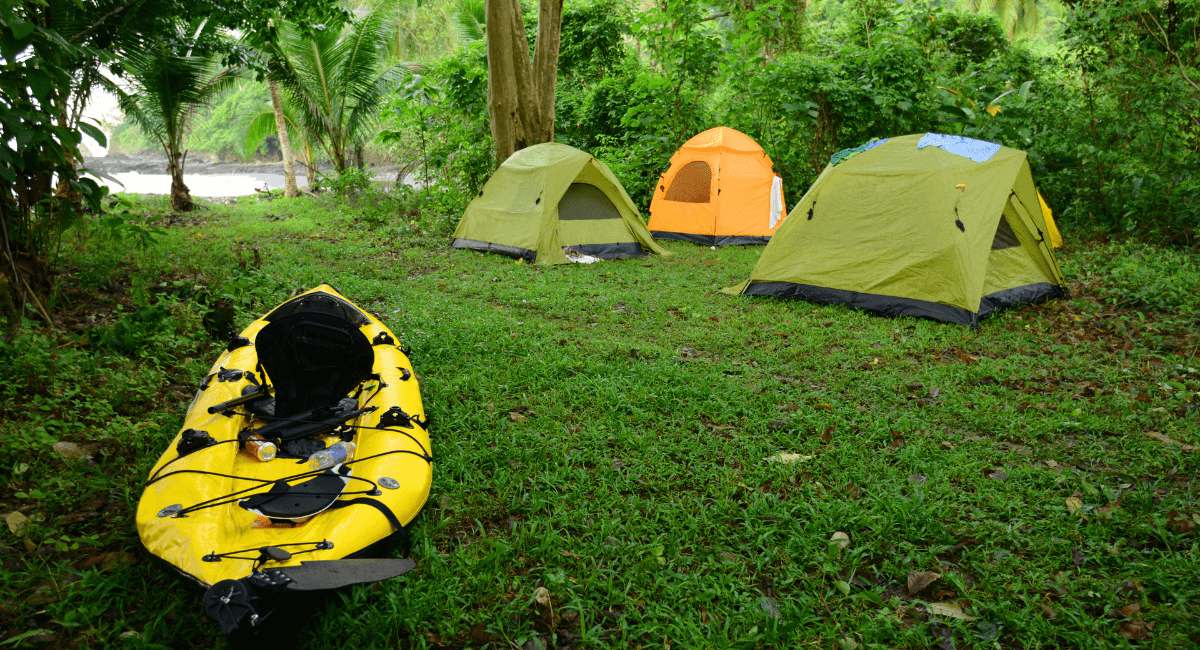
Winter kayaking can be an exciting and invigorating outdoor activity for adventure enthusiasts. While the colder temperatures may deter some, certain locations offer ideal conditions for kayaking even in the winter months. Whether you are a beginner or an experienced kayaker, these best winter kayaking locations will provide you with breathtaking scenery and the opportunity to explore protected bays and inlets and navigate through scenic winter routes.
Protected Bays And Inlets
If you prefer calm and sheltered waters for your winter kayaking adventures, then exploring protected bays and inlets is the perfect choice. These secluded areas provide a haven from strong currents and winds, ensuring a more enjoyable experience. Some of the best locations for winter kayaking in protected bays and inlets include:
- 1. Prince William Sound, Alaska
- 2. Acadia National Park, Maine
- 3. San Juan Islands, Washington
The calm waters of Prince William Sound in Alaska offer breathtaking views of glaciers and wildlife, making it a prime destination for winter kayaking. Acadia National Park in Maine is another top choice, featuring picturesque coves and peaceful inlets where you can paddle amidst stunning coastal landscapes. If you’re on the West Coast, the San Juan Islands in Washington are known for their sheltered waters and abundant marine life, providing a unique kayaking experience.
Scenic Winter Routes
If you’re looking for a more adventurous winter kayaking experience, exploring scenic routes is the way to go. These routes will take you through stunning landscapes and offer a variety of challenges for kayakers. Some of the best locations for winter scenic routes include:
- 1. Everglades National Park, Florida
- 2. Apostle Islands National Lakeshore, Wisconsin
- 3. Queen Charlotte Sound, New Zealand
The Everglades National Park in Florida boasts a network of water trails that wind through mangrove forests and provide an opportunity to witness unique flora and fauna. For those seeking a winter kayaking adventure in the Midwest, the Apostle Islands National Lakeshore in Wisconsin offers dramatic ice formations and sea caves to explore. In New Zealand, Queen Charlotte Sound is a mesmerizing destination that showcases stunning coastal scenery and abundant wildlife.
Winter kayaking can be a thrilling and memorable experience when you choose the right locations. Whether you prefer the tranquility of protected bays and inlets or the excitement of scenic winter routes, these best winter kayaking locations will satisfy your sense of adventure and provide memories to last a lifetime.
Conclusion – The Thrill Of Winter Kayaking
When it concludes the thrill of winter kayaking, it’s easy to see that this activity offers an unparalleled experience for outdoor enthusiasts. With unique wildlife encounters and peaceful winter scenery, the thrill of winter kayaking is truly an experience to behold. Let’s take a closer look at what makes winter kayaking so thrilling.
Unique Wildlife Encounters
Kayaking in winter provides an opportunity to witness unique wildlife encounters that are not as easily accessible during other seasons. From bald eagles soaring above to otters playing in icy waters, the winter landscape offers a glimpse into the lives of animals in their natural habitat. These rare sightings create a sense of connection with nature that’s unmatched in any other season.
Peaceful Winter Scenery
The serene winter scenery observed while kayaking is awe-inspiring. The frozen landscapes and snow-covered trees create a picturesque setting that promotes a feeling of inner peace and tranquility. The stillness of the winter environment allows kayakers to experience a unique form of relaxation surrounded by nature’s beauty.
Frequently Asked Questions For Is It Safe To Kayak In Winter
Can I Kayak In Winter If I Have No Prior Experience?
Yes, you can kayak in winter even if you have no prior experience. However, it is always recommended to take lessons or go with an experienced guide to ensure your safety on the water. Dress appropriately, wear a life jacket, and follow safety protocols to enjoy a safe winter kayaking experience.
What Precautions Should I Take While Kayaking In Winter?
When kayaking in winter, it is important to take several precautions. Dress in layers to stay warm, wear a wetsuit or drysuit to protect against cold water, use proper safety gear including a life jacket, check weather conditions before heading out, and inform someone about your plans.
It’s also advisable to paddle in a group for added safety.
Is It Safe To Kayak In Winter?
Yes, it is generally safe to kayak in winter as long as you take necessary precautions and follow safety guidelines. However, keep in mind that weather and water conditions can change rapidly during this season, so it is important to be well-prepared and knowledgeable about winter kayaking techniques and safety procedures.
What Are The Benefits Of Kayaking In Winter?
Kayaking in winter offers some unique benefits. The peacefulness of winter landscapes, the chance to see wildlife in their natural habitat, and the calmness of the water are some of the highlights. Additionally, winter kayaking can provide a great workout, strengthen your core muscles, and boost your mood and mental well-being.
Conclusion
Kayaking in winter can be safe with proper precautions. Staying warm and dry is key. Being aware of the risks and taking necessary safety measures is crucial. With the right gear and preparation, winter kayaking can be an exhilarating and serene experience.
Enjoy the beauty of nature responsibly.
